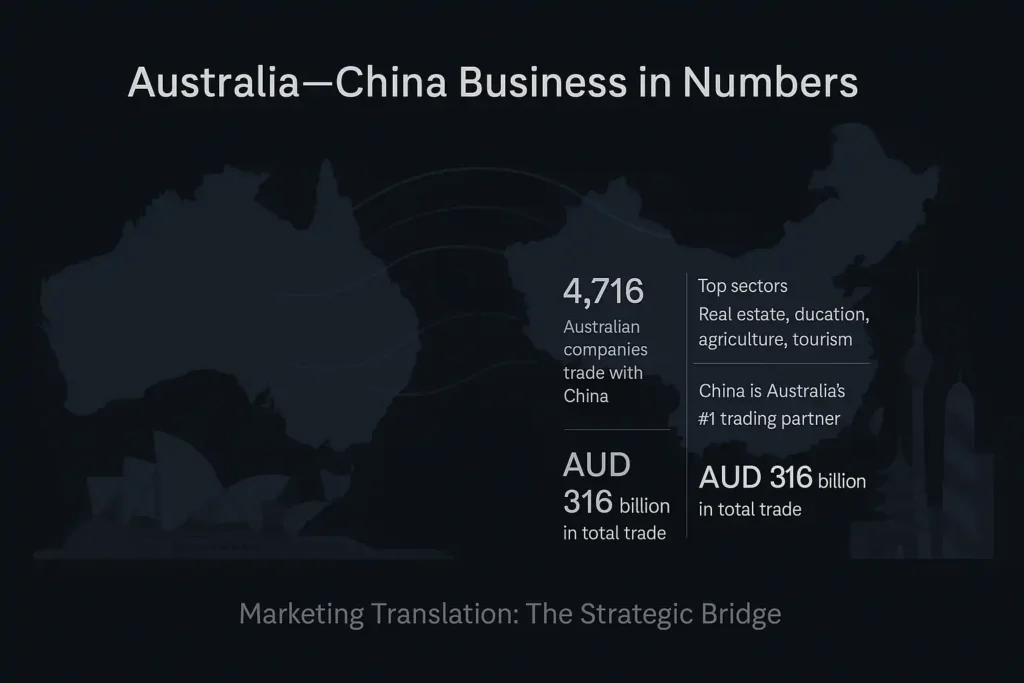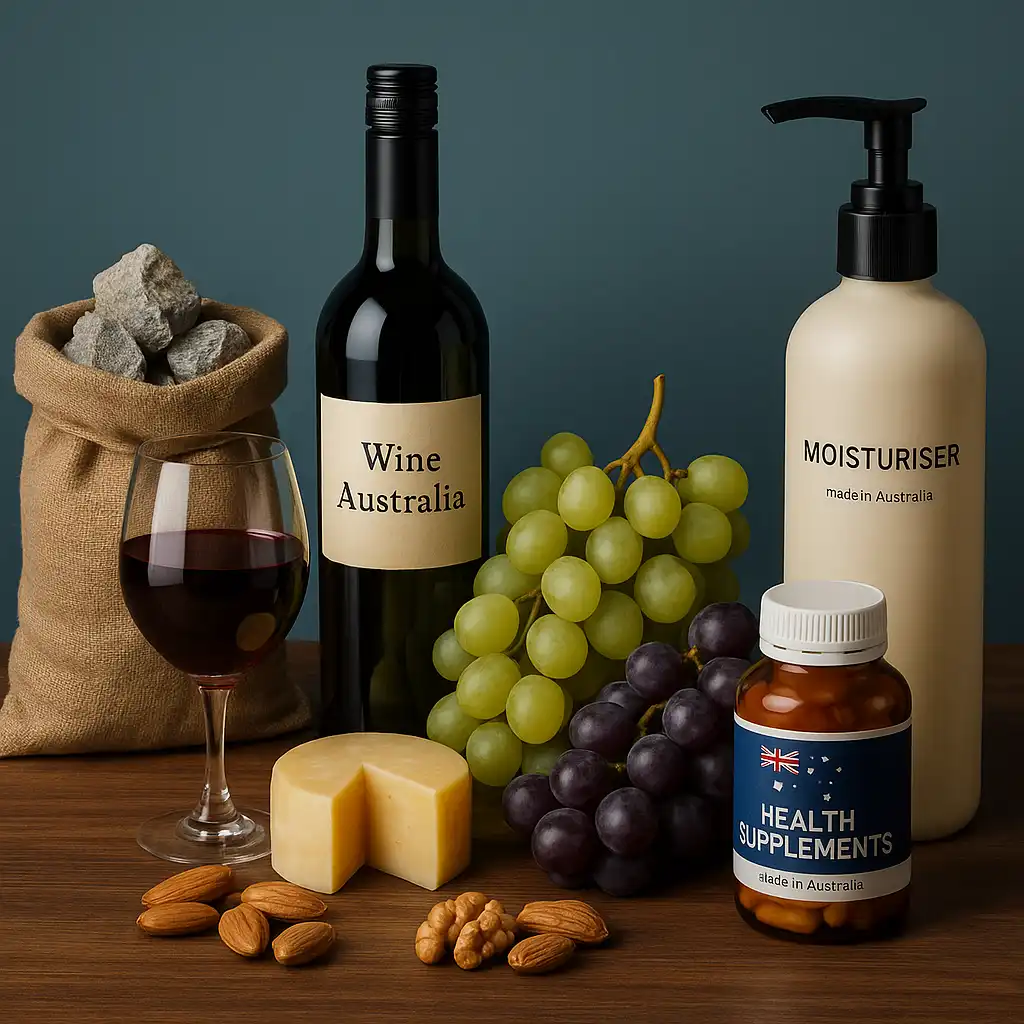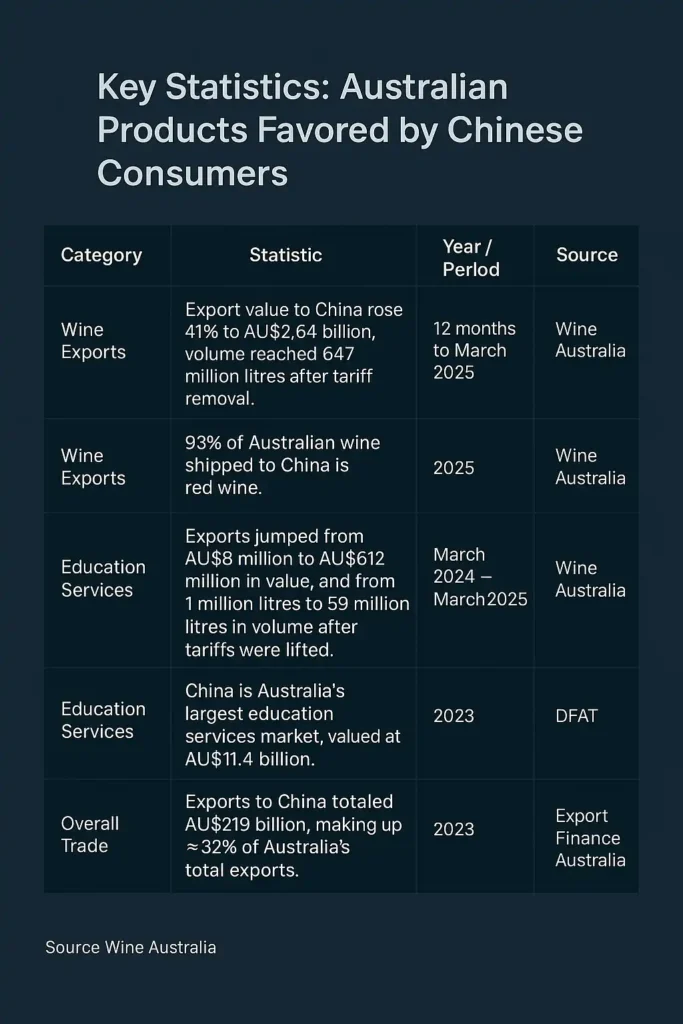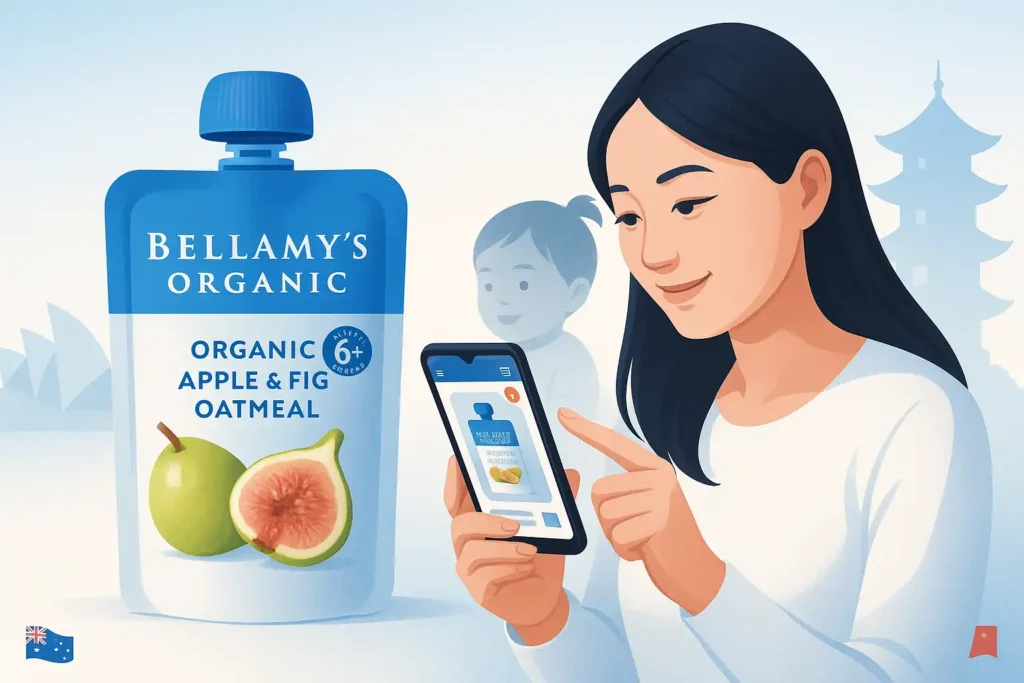Australia Chinese marketing is not just about shipping products across the ocean — it’s about crossing a cultural and linguistic bridge that can either strengthen or sink your brand
Many Australian companies arrive in the Chinese market with excellent products and strong trade agreements behind them — yet stumble at the very first hurdle: communication.
A beautifully designed brochure, a clever tagline, or a trusted certification can lose its power the moment it’s translated poorly.
Whether you’re a wine producer in South Australia, a skincare brand from Sydney, or an edtech innovator in Melbourne, the way your marketing messages are localized determines if Chinese customers see you as credible, respectful, and trustworthy — or not.
This guide explains why Australia Chinese marketing translation plays a critical role for exporters and provides practical, Australia-specific strategies to help your business communicate clearly, professionally, and persuasively.

Why Australia Chinese Marketing Translation Matters for Australian Exporters
Australia and China maintain strong trade ties across sectors like agriculture, education, healthcare, tourism, and consumer goods. But language remains one of the biggest barriers.
While many Chinese consumers can read some English, research shows that customers are 72% more likely to buy products with information in their own language. In China, this effect is even stronger because of cultural nuances, local regulations, and linguistic expectations.
For Australian brands, accurate, culturally sensitive Australian Chinese marketing translation can:
- Build consumer trust and reduce misunderstanding
- Support regulatory compliance (especially in food, health, and education)
- Enhance SEO on Chinese platforms (Baidu, WeChat Search, Xiaohongshu)
- Increase conversion rates on localized websites and marketing materials
Poor or literal translation, by contrast, can damage your reputation quickly — and Chinese social media users are quick to call out mistakes.
Key Questions Australian Exporters Often Ask
What Australian products do Chinese consumers like?

Chinese buyers show strong interest in Australian iron ore and minerals, agricultural products (wine, dairy, table grapes, nuts), education services, and premium lifestyle items such as health supplements and boutique fashion. “Australian origin” is associated with quality, safety, and trust — a valuable asset when marketed well.
What is Australia’s #1 export to China?
Iron ore remains Australia’s top export to China, forming the backbone of trade relations. It accounts for a significant portion of Australia’s total export value.
Is Australia friendly with China?
The relationship is complex. Economically, the countries are tightly connected; politically, there are occasional tensions. But both governments maintain diplomatic relations, and trade continues to flourish despite differences.
Why is China so important to Australia?
China purchases around one-third of Australia’s total exports. Changes in China’s economy directly affect Australia’s GDP, jobs, and sectors such as agriculture, education, and tourism. Strategic, culturally sensitive communication helps Australian companies maintain their competitive edge in this vital market.

How Translation Missteps Can Undermine Your Australia Chinese Marketing Strategy
Many Australian exporters make similar missteps when localizing their marketing content for China. Here are the most frequent ones:
Underestimating regulatory terminology
Industries like health supplements, education, or cosmetics require specific wording. For example, Australia’s TGA compliance statements don’t always match China’s NMPA regulations. A skilled translator adapts copy accordingly without overpromising.
Using machine translation for key marketing copy
Tools like Google Translate or DeepL can be helpful for internal understanding, but they’re unreliable for branding. Chinese is highly context-dependent, and literal translations often sound awkward, confusing, or even offensive. Example:
An Australian wine producer translated “Celebrate with elegance” as “优雅地庆祝”. It’s grammatically correct but tone-deaf. A better localized marketing translation would be “举杯共赏优雅时刻” — poetic and culturally resonant.
Ignoring Simplified vs. Traditional Chinese
Mainland China uses Simplified Chinese, while Hong Kong and Taiwan use Traditional. Exporters targeting both regions should plan for two versions, not one. Mixing them up signals a lack of professionalism.
Skipping Chinese SEO
Even if your website is translated, without Baidu SEO optimization, Chinese customers may never find you. English-language SEO rules don’t fully apply in China.
While many Australian exporters stumble over language and regulatory barriers, some brands have shown that strategic localization pays off. Bellamy’s Organic is a standout example.
Real-Life Example: Bellamy’s Organic Success in Australia Chinese Marketing
🔸 Bellamy’s Organic: Success in Australia Chinese Marketing

For Australian exporters, Australia Chinese marketing isn’t just a box to tick — it’s a strategic investment in trust, reputation, and sustainable growth.
By prioritizing high-quality translation, respecting cultural nuances, and adapting strategically, Australian brands can communicate authentically with Chinese audiences — and avoid costly pitfalls caused by rushed or literal translations.
Ready to make your marketing work in China?
Our team specializes in Australian Chinese marketing translation, helping businesses localize websites and adapt content for Chinese audiences.
WeChat Marketing in China: 5 Proven Tips to Grow Your Brand in 2025
Video Marketing in China: 5 Essential Questions Before Hiring a Company
